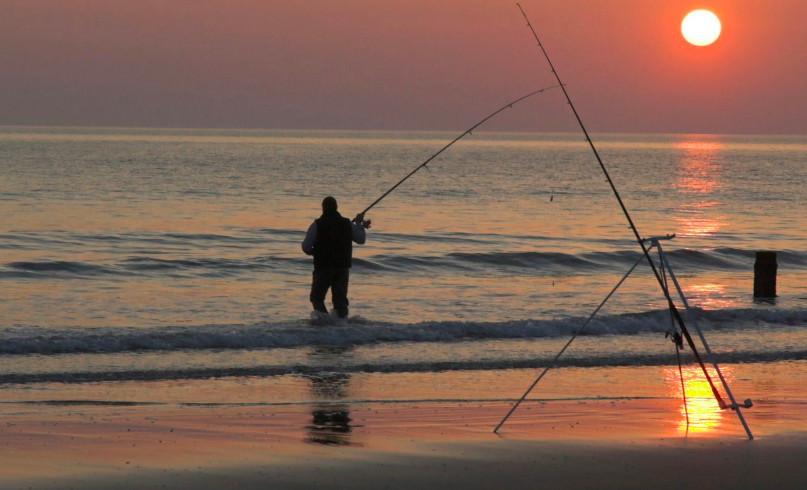Ten Species of Fish You Can Catch at Sea

If you’re fan of fishing, there are many ways you can enjoy your hobby – either by using fishing boats and heading out into the ocean to go deep sea fishing (always making sure the water depth is at least 30 meters) or by surf fishing. This is when you stand on the shoreline, or even wade into the water. However you choose to angle and catch your fish, a fishing rod will help you reel them in. Boat fishing can be extremely fun, as you’re introduced to big game fish like sharks, tuna, marlin and swordfish – something completely different to your average shallow water fish! There are over 350 different species of fish swimming in the coastal areas around Britain and Northern Ireland. Here are some examples of just 10 of those…
1) Angler Fish With a big head and mouth, dark brown body and large pectoral fins, this fish is easily identifiable. During the summer months (May – August), they can be caught around the south coast and West Country.
**flash**
Good to eat
2) Mullet
i) A thick-lipped mullet has a grey-blue back, and silver belly and sides. It also has dark grey-brown stripes along each side.
ii) A thin-lipped mullet looks the same as the above, but with thinner lips. Both fishes can be found all around the British and Northern Irish coast between May and October.
iii) A golden-grey mullet has golden patches all over its gill covers, but is rare to find in British waters.
**flash**
Not good to eat
3) Bass
With a blue-grey back, silvery sides and a cream/white belly, bass is a beautiful fish. Whilst you can catch these colourful fish in the south and south-west coast of Britain all year round, the best time you’ll see them is during the months of May – October.
**flash**
Good to eat
4) Sting Ray
Instantly recognizable, a sting ray has a brown/grey back with a grey-white belly. The long arrow-like tail carries a sting, so it is recommended not to catch them. One touch could cause temporary paralysis. They are usually found in the summer and autumn in the southern shores of Britain.
**flash**
Not good to eat
5) Black Bream
There are ten or eleven sharp spines on the dark spotted dorsal fin, so be careful when unhooking this fish! The south coast, West Country, Channel Islands and in particular Sussex and Little Hampton are home to bream – but only in the summer months.
**flash**
Good to eat
6) Wrasse
i) Cuckoo Wrasse have vibrant blue backs and orange-gold sides. Females have vivid pink-red bodies with black spots on the back.
ii) Ballan wrasse are green or red with a rust-brown body that can be scattered with blue. They have a pale orange/white belly.
**flash**
Not good to eat
7) Coalfish
Coalfish are black on their back, have blue green sides and a silver/grey belly. Their lower jaw juts out just a beyond the upper jaw and they have a nearly white horizontal line. The best locations to find these fish are northern England, Scotland and Northern Ireland.
**flash**
Good to eat
8) Pouting Common around most areas of the British Isles, pouting are a red-brown/copper colour with a deep body and black spot at the base of the pectoral fin. Just like cod, they have a small feeler underneath the chin.
**flash**
Not good to eat
9) Cod
It’s big head, bulky, brown-green or olive green body, large mouth and feeler on the chin, make this fish instantly recognizable. Large cods locate around the Isle of Wight, but normally they’re easily found around the northern and eastern waters of Britain.
**flash**
Good to eat
10) Tope
A member of the shark family, tope have a grey/brown back, rough skin and a white belly with a unique notched tail. Found around the British Isles, these are best found June – September.
**flash**
Good to eat
For expert advice on fishing read: Sea Fishing Properly Explained (£5.99, Robinson) by Ian Ball.







